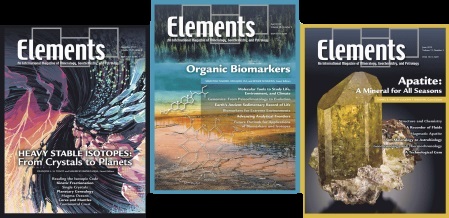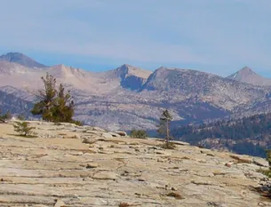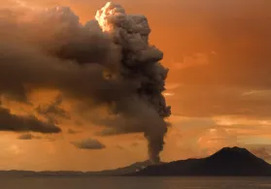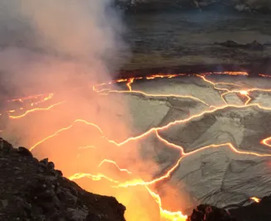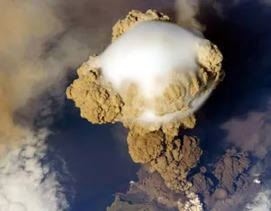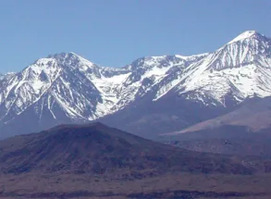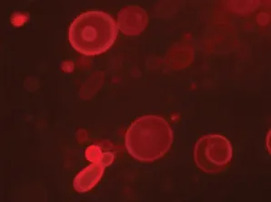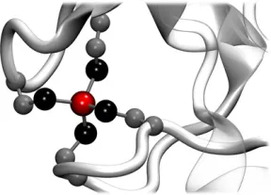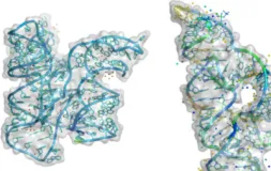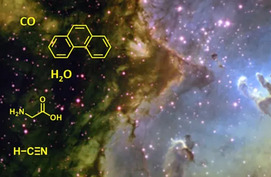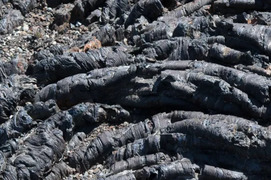Dynamic Magma Systems: Implications for Forecasting Volcanic Activity
Magma systems that supply volcanoes can extend throughout the crust and consist of mush (melt within a crystalline framework) together with ephemeral magma accumulations. Within a crystal-rich mush, slow processes of melt segregation and heat loss alternate with fast processes of destablisation and magma transport. Magma chambers form by two mechanisms: incremental magma intrusion into sub-solidus rocks or the segregation and rapid merging of melt-rich layers within mush regions. Three volcanic states reflect alternations of slow and fast processes: dormancy, unrest and eruption. Monitoring needs to detect processes of melt and fluid movements in the lower and middle crust during destabilisation to improve forecasting.
Dynamic Magma Systems: Implications for Forecasting Volcanic Activity Read More »

